For anyone planning to move to Mexico or even just visiting, understanding how to access and exchange money efficiently is a crucial aspect of your experience. One of the most common questions newcomers ask is, “What’s the best way to get pesos in Mexico?” While there are multiple options available, each with its own advantages and disadvantages, ATM withdrawals typically offer the best combination of convenience, safety, and favorable exchange rates.
This comprehensive guide will walk you through everything you need to know about handling money in Mexico, from preparing before your trip to making everyday transactions once you’re there.
Should I Bring Pesos to Mexico?
Many travelers wonder if they should exchange money for pesos before arriving in Mexico. The short answer is: it’s not necessary, and often not the most economical choice. However, having a small amount of pesos for immediate expenses upon arrival (such as transportation from the airport) can be convenient.
Pre-Ordering Pesos
Pros:
-
- Peace of mind knowing you have local currency upon arrival.
- Convenience of having cash ready for immediate expenses.
- No need to search for an exchange location when you first arrive.
Cons:
-
- Typically offers less favorable exchange rates (often 5-10% worse than market rates).
- May require advance notice (sometimes 1-2 weeks).
- Usually involves fees beyond the exchange rate markup.
- You’ll be carrying cash during travel, which poses security risks.
Recommendation: If you choose this option, limit your exchange to just enough for initial expenses (perhaps 1,000-2,000 pesos) to cover transportation from the airport and initial meals or small purchases.
Understanding Exchange Rates
Most travelers look at currency exchange rates on websites like XE.com or Google and assume that’s exactly what they’ll get when converting money. In reality, the world of currency exchange is far more complex, with various fees, markups, and spreads that can significantly impact how much money you actually receive.
Mid-Market Rate vs. Real-World Exchange: The mid-market rate (sometimes called the interbank rate) is the theoretical “true” exchange rate at which banks trade currencies with each other. This is typically what you see on currency conversion websites and represents the midpoint between buy and sell prices for a currency pair. However, this rate is almost never the rate you’ll receive as an individual exchanging money.
Currency Exchange Costs: When you exchange money, you’re essentially paying for several hidden services:
-
- Spread – The difference between the buying and selling price of a currency
-
- Banks and exchange services make money on this difference.
- Typically ranges from 1-3% of the total transaction.
- Means you’ll always receive slightly less than the mid-market rate.
-
- Markup fees:
-
- Additional percentage added to the base exchange rate.
- Can range from 2-10% depending on the exchange method.
-
- Fixed transaction fees:
-
- Flat fees charged on top of the exchange rate.
- Particularly common with bank wire transfers or cash exchanges.
-
- Spread – The difference between the buying and selling price of a currency
Example: Let’s break down a hypothetical exchange.
-
- Mid-market rate: 1 USD = 17.50 MXN (on XE.com).
- Actual exchange rates:
-
- Airport exchange kiosk: 1 USD = 16.50 MXN (6% spread/markup).
- Bank ATM withdrawal: 1 USD = 17.30 MXN (1.1% spread).
- Credit card transaction: 1 USD = 17.20 MXN (1.7% spread).
-
- On a $1,000 USD exchange:
-
- Mid-market rate: 17,500 MXN.
- Airport kiosk: 16,500 MXN (loses $100 USD).
- Bank ATM: 17,300 MXN (loses $20 USD).
- Credit card: 17,200 MXN (loses $30 USD).
-
Minimize Exchange Rate Losses:
-
- Use bank ATMs for the closest to mid-market rates.
- Choose credit cards with no foreign transaction fees.
- Avoid exchange services in tourist areas.
- Make larger, fewer withdrawals to reduce per-transaction fees.
- Always choose to be charged in local currency (pesos).
Warning Signs: Be cautious of exchange services that:
-
- Don’t clearly display their rates.
- Advertise “no commissions!” (usually means higher hidden fees).
- Are located in high-traffic tourist areas.
- Offer dramatically different rates from official sources.
Technology and Transparency: Modern financial technology is making currency exchanges more transparent:
-
- Currency conversion apps.
- Online comparison tools.
- Real-time rate tracking.
- Mobile banking with built-in exchange calculators.
Pro Tip: Always calculate the actual amount you’ll receive, not just the rate. A slightly worse rate with lower fees might be better than a marginally better rate with high transaction costs.
Psychology of Currency Exchange: Most travelers focus on the wrong things. Instead of hunting for the absolute perfect rate, focus on:
-
- Convenience.
- Safety.
- Minimizing total transaction costs.
- Avoiding high-risk exchange locations.
Remember: A difference of 1-2% on an exchange is often less important than avoiding risky situations or paying excessive fees.
Using ATMs in Mexico: The Most Economical Option
For most foreigners and travelers, withdrawing pesos from ATMs in Mexico offers the best overall value and convenience.
Safety Considerations: A common concern is whether using ATMs in Mexico is safe. The answer is yes, with proper precautions:
-
- Use ATMs located inside banks, large shopping centers, or grocery stores whenever possible.
- Avoid isolated ATMs or those located on empty streets, especially at night.
- Cover the keypad when entering your PIN.
- Be aware of your surroundings and watch for suspicious individuals.
- Consider bringing a friend along for additional security.
Favorable ATM Experiences: Not all Mexican banks are created equal when it comes to ATM withdrawals. Here’s what to know about some of the major Mexican banks:
-
- BBVA: Widespread availability throughout Mexico with moderate fees.
- Citibanamex: Good exchange rates, similar fee structure.
- Santander: Reasonable fees but sometimes slightly less favorable exchange rates.
- HSBC: Global presence makes it familiar to many foreigners, moderate fees.
- Banorte: Mexican bank with extensive ATM network.
Withdrawal Best Practices:
-
- Check for network affiliations: Some Mexican banks have partnerships with international banks. Using partner ATMs might reduce or eliminate fees.
- Use bank-owned ATMs: Avoid independent ATMs (often found in convenience stores or tourist areas) as they typically charge higher fees and may offer worse exchange rates.
- Make fewer, larger withdrawals: Most ATMs charge a flat fee per transaction, regardless of the amount withdrawn. By making fewer, larger withdrawals, you minimize the impact of these fees.
- Maximum withdrawal limits: Most ATMs typically have a withdrawal limit of up to 12,000 pesos per transaction. Some allow multiple transactions in a single session.
- Decline the conversion offer: When withdrawing money, the ATM will often ask if you want to be charged in your home currency. Always select “no” or “decline” and choose to be charged in pesos. The conversion rate offered by the ATM is almost always worse than what your bank will offer.
Minimize Fees: The key to maximizing your money’s value when using ATMs in Mexico is minimizing fees:
-
- Use a bank account that reimburses ATM fees: Several U.S. and Canadian banks offer accounts that refund ATM fees worldwide. Popular options include:
-
- Charles Schwab (U.S.).
- Capital One (U.S.).
- Scotiabank (Canada, part of the Global ATM Alliance).
- Tangerine (Canada).
- HSBC (global).
-
- Choose a bank with no foreign transaction fees: Even if ATM fees are reimbursed, your bank might still charge a foreign transaction fee (typically 1-3% of the withdrawal amount). Accounts like Charles Schwab’s do not charge these fees.
- Consider Mexican banking options: If you’re moving to Mexico permanently, opening a Mexican bank account can eliminate ATM fees altogether for local withdrawals.
- Use a bank account that reimburses ATM fees: Several U.S. and Canadian banks offer accounts that refund ATM fees worldwide. Popular options include:
Exchanging Physical Currency
While ATMs are generally the most economical option, there are times when you might need to exchange physical currency.
Exchange Houses (Casas de Cambio): Exchange houses are businesses specifically dedicated to currency exchange.
Pros:
-
- Typically offer better rates than hotels, airports, or tourist shops.
- No bank account or card required.
- Simple and quick process.
- Often open during extended hours.
- Can exchange damaged bills that ATMs might reject.
Cons:
-
- Rates are still usually less favorable than what you’d get from an ATM withdrawal.
- Quality and honesty vary significantly; research reputable locations.
- May require identification for larger exchanges.
- Security concerns when carrying large amounts of cash.
Reputable Exchange Houses:
-
- Look for businesses in established commercial areas.
- Check online reviews or ask locals for recommendations.
- Compare rates at multiple locations before exchanging.
- Avoid exchange services at airports and tourist zones, which typically offer the worst rates.
Exchanging at Mexican Banks: Mexican banks also offer currency exchange services, though with certain limitations.
Pros:
-
- Generally secure environment.
- Reliable counting and authentication of bills.
- Often better rates than tourist-area exchange services.
- May accommodate larger exchanges than casas de cambio.
Cons:
-
- Usually require identification, even for smaller exchanges.
- May only serve account holders at that bank.
- Limited operating hours (typically Monday-Friday, 9am-4pm).
- Can involve long wait times.
- Often not significantly better rates than exchange houses.
Tips:
-
- Bring your passport as identification.
- Avoid banks on paydays when lines are longest.
- Some banks set daily limits on how much currency you can exchange
- Expect the process to take longer than at exchange houses.
Using Money Transfer Services
For those moving to Mexico or staying long-term, services like Xoom, Western Union, and MoneyGram offer another option for accessing pesos via cash pickup services.
Pros:
-
- Can be initiated from your home country before or during your stay in Mexico.
- Allows family members to send you money if needed.
- Often offers competitive exchange rates.
- No need for a Mexican bank account.
- Pickup locations are widespread throughout Mexico.
Cons:
-
- Service fees can be substantial, especially for smaller transfers.
- Requires visiting a physical location to collect funds.
- May involve waiting in line.
- Need to carry cash after pickup.
Popular Services:
-
- Xoom (PayPal service):
-
- Can transfer directly to Mexican bank accounts or for cash pickup.
- Typically processes transfers quickly (often within minutes for cash pickup).
- User-friendly mobile app and website.
- Competitive exchange rates for larger transfers.
-
- Western Union:
-
- Extensive network of pickup locations throughout Mexico.
- Options for cash pickup or bank deposit.
- Real-time tracking of transfers.
- Variable fees depending on amount, payment method, and destination.
-
- MoneyGram:
-
- Widely available in Mexico, often in Elektra stores.
- Competitive for certain corridors and amounts.
- Multiple delivery options.
-
- Xoom (PayPal service):
Best Practices:
-
- Compare rates and fees across multiple services before sending.
- Larger transfers typically get better exchange rates.
- Check if your pickup destination charges incoming fees.
- Keep transaction receipts until you confirm the money has been received.
Do Mexican Businesses Accept U.S. Dollars (USD)?
A common question from travelers is whether they can simply use USD in Mexico. The answer is that it depends on where you are located, and these are some of the places where USD is commonly accepted:
-
- Tourist zones: Areas like Cancun, Cabo San Lucas, Puerto Vallarta, and parts of Mexico City cater to tourists and often accept USD.
- Border regions: Cities near the U.S. border frequently accept USD.
- Major hotel chains and international restaurants.
- Some higher-end stores in shopping malls.
Reality: It’s important to understand that when Mexican merchants accept USD or other foreign currencies, they’re often doing so as a courtesy rather than because it’s advantageous to them. Consider these factors:
-
- Extra work for merchants: Accepting foreign currency creates additional work for businesses. They must:
-
- Keep separate accounting for different currencies.
- Make special trips to exchange the currency for pesos.
- Train staff on recognizing foreign bills and exchange rates.
- Bear the risk of exchange rate fluctuations.
-
- Acceptance out of politeness: Many merchants, especially in tourist areas or smaller establishments, may accept USD simply to be polite or accommodate tourists, not because they prefer to. This cultural hospitality shouldn’t be mistaken for preference.
- Business costs: Mexican businesses pay their expenses in pesos. Rent, salaries, utilities, and suppliers all require payment in the local currency. Every USD they accept must eventually be converted.
- Extra work for merchants: Accepting foreign currency creates additional work for businesses. They must:
Disadvantages:
-
- Poor exchange rates: When businesses accept USD, they typically set their own exchange rates, which are almost always less favorable than official rates.
- Change returned in pesos: Even when paying in USD, you’ll typically receive change in pesos, often calculated at an unfavorable rate.
- Limited acceptance: Outside tourist areas, many businesses accept only pesos.
- Confusion with pricing: You may not be sure if quoted prices are in pesos or USD.
- Creating additional work: You’re essentially asking the merchant to be your currency exchange service.
Recommendation: Even in tourist areas where USD is accepted, paying in pesos will almost always save you money and is more respectful of local business practices. Reserve using USD for emergencies or very specific situations.
Digital Payment Options in Mexico
As Mexico modernizes, digital payment options are becoming increasingly available, though cash is still king in many places.
Credit and Debit Cards: Credit and debit cards are widely accepted in urban areas and tourist destinations.
Pros:
-
- Convenience and security of not carrying cash.
- Potential for rewards or cash back.
- Protection against fraud.
- Automatic currency conversion.
Cons:
-
- Not universally accepted, especially in smaller towns and markets.
- Some businesses add surcharges for card payments (typically 3-5%).
- Potential for foreign transaction fees from your financial institution.
- Risk of card skimming in certain locations.
Tips:
-
- Notify your financial institution of your travel plans to prevent cards from being blocked.
- Choose cards with no foreign transaction fees.
- Always pay in pesos when given the option for currency.
- Keep your card in sight during transactions when possible.
- Bring a backup card stored separately from your primary card.
Mobile Payment Apps: Mobile payment adoption is growing in Mexico, though not as widespread as in some countries:
-
- PayPal: Accepted by many online merchants in Mexico.
- Apple Pay and Google Pay: Available at some larger retailers.
- Mercado Pago: Popular for online purchases.
- CoDi: Mexico’s instant payment system (requires a Mexican bank account).
Money Safety Tips
Beyond the mechanics of accessing your money, keeping it safe is equally important.
General Safety Practices:
-
- Diversify your funds: Don’t keep all your money in one place or account.
- Use a money belt or hidden pouch when carrying larger amounts.
- Keep only what you need for the day in your wallet or purse.
- Make copies of important documents including your cards and ID.
- Set up banking alerts to notify you of transactions.
- Use secure internet connections for banking activities.
- Consider travel insurance that covers cash theft.
Emergency Funds Access:
Always have a backup plan for accessing money in emergencies:
-
- Keep a separate emergency credit card.
- Store some cash in a secure location separate from your daily funds.
- Know the location of your embassy or consulate, which can assist in emergencies.
- Have contact information for your home bank’s international customer service.
Currency Considerations for Long-Term Residents
For those planning to live in Mexico for extended periods, additional currency considerations come into play.
Managing Exchange Rate Fluctuations:
-
- Cost of living impacts: Significant peso devaluation can lower your cost of living if your income is in USD or other major currencies.
- Timing larger exchanges: Some foreigners watch exchange rates and transfer larger amounts when rates are favorable.
- Banking in multiple currencies: Consider maintaining accounts in both pesos and your home currency.
- Investment considerations: Exchange rate fluctuations can impact investment returns.
Tax Implications:
-
- Currency exchange gains may be taxable in certain situations.
- Reporting requirements may exist for foreign accounts depending on your home country.
- Consult with a tax professional familiar with Mexican tax laws.
Conclusion
After reviewing all the options, most foreigners and travelers find that a combination approach works best:
-
- Primary strategy: Use a no-foreign-fee debit card at bank ATMs for most of your peso needs.
- Backup strategy: Carry a small amount of USD for emergencies and a second debit or credit card from a different account.
- Long-term strategy: For those staying in Mexico, consider opening a local bank account.
Remember that the “best” approach varies based on your specific circumstances, including your home country, bank relationships, length of stay, and comfort with different financial tools.
By understanding the full range of options and their respective advantages and limitations, you can make informed decisions about handling your money in Mexico, maximizing convenience while minimizing unnecessary fees and security risks.
Please feel free to leave us a comment below about your personal experience with obtaining pesos in Mexico. We would love to hear from you! Additionally, if you found this article helpful, consider sharing it with others who might benefit from it. A quick share goes a long way in helping others discover useful information!

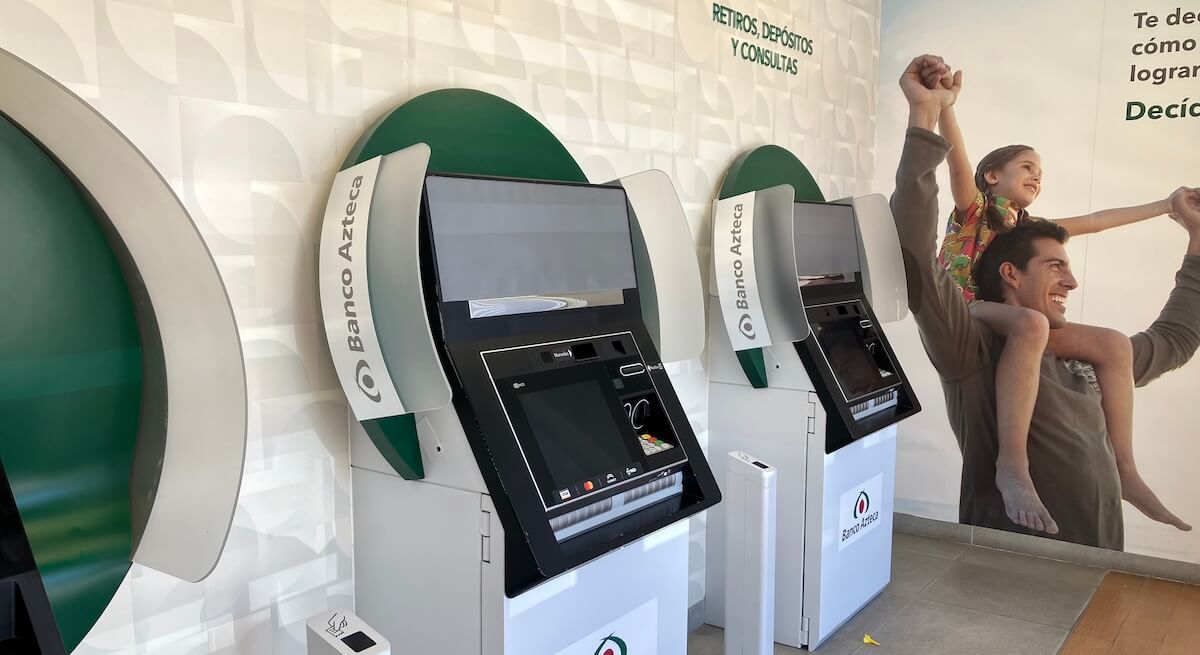
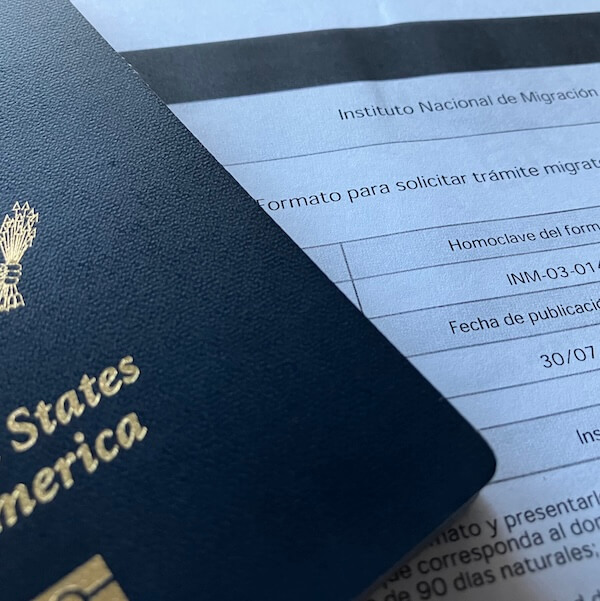

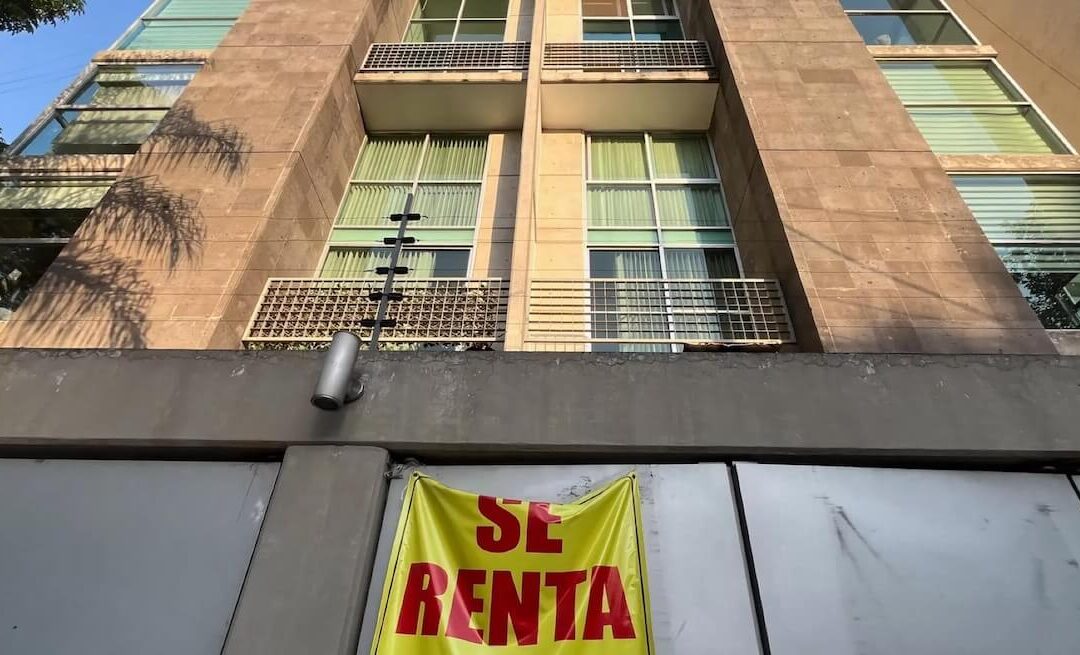
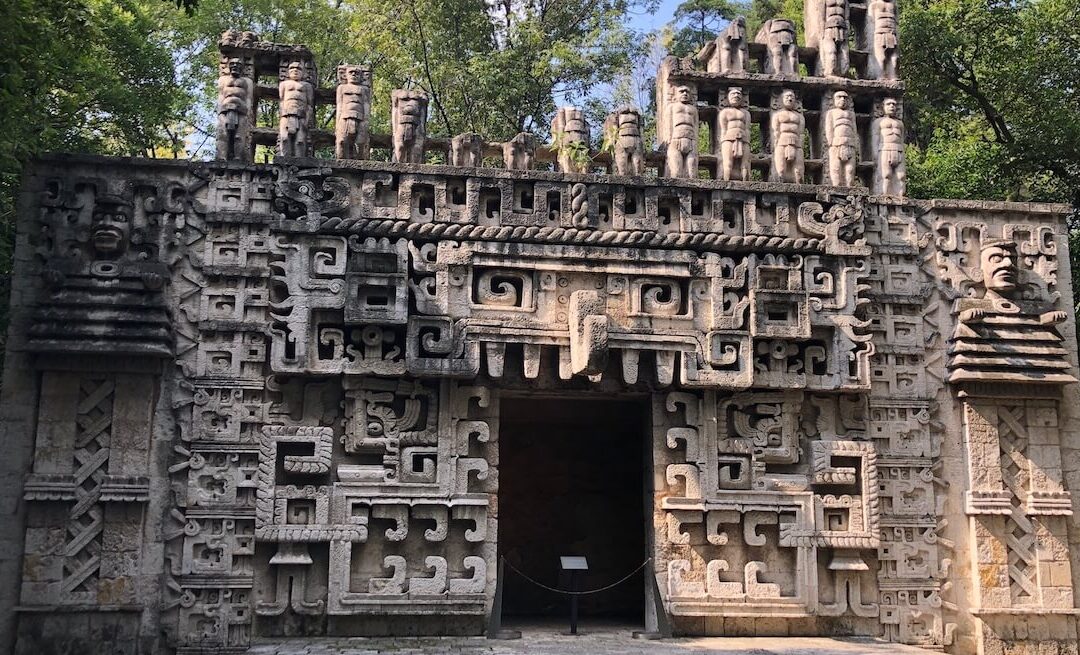
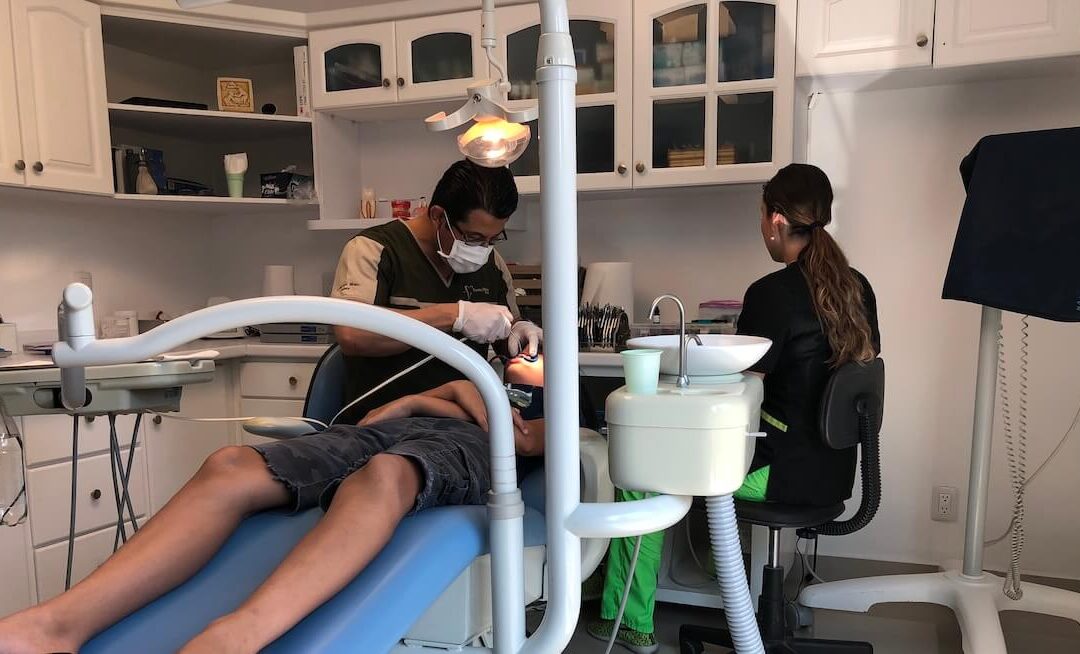

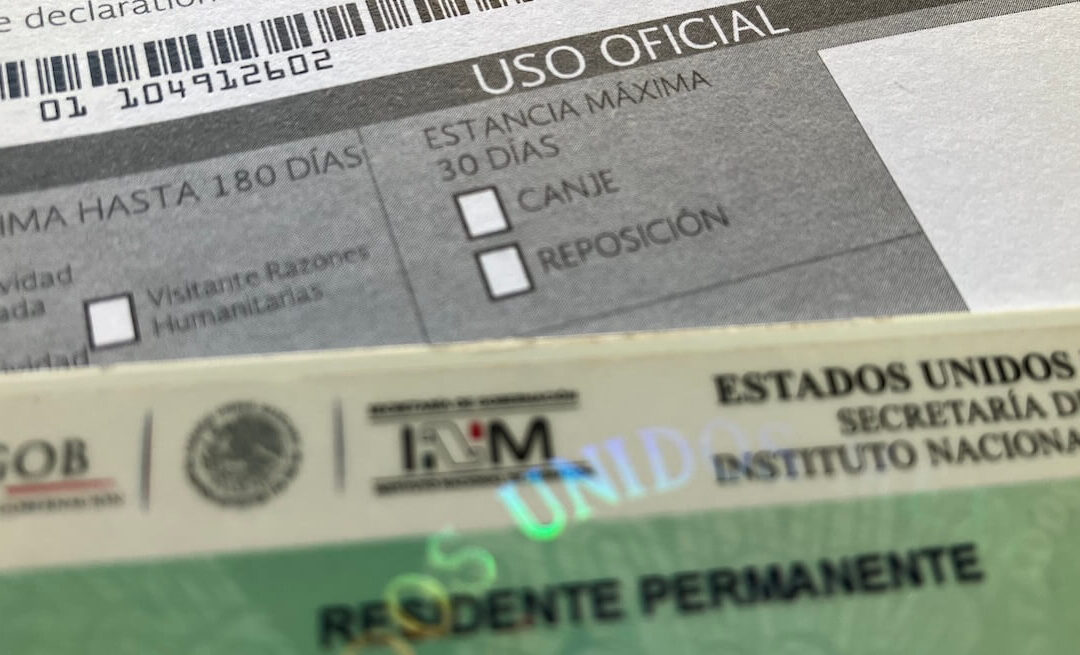
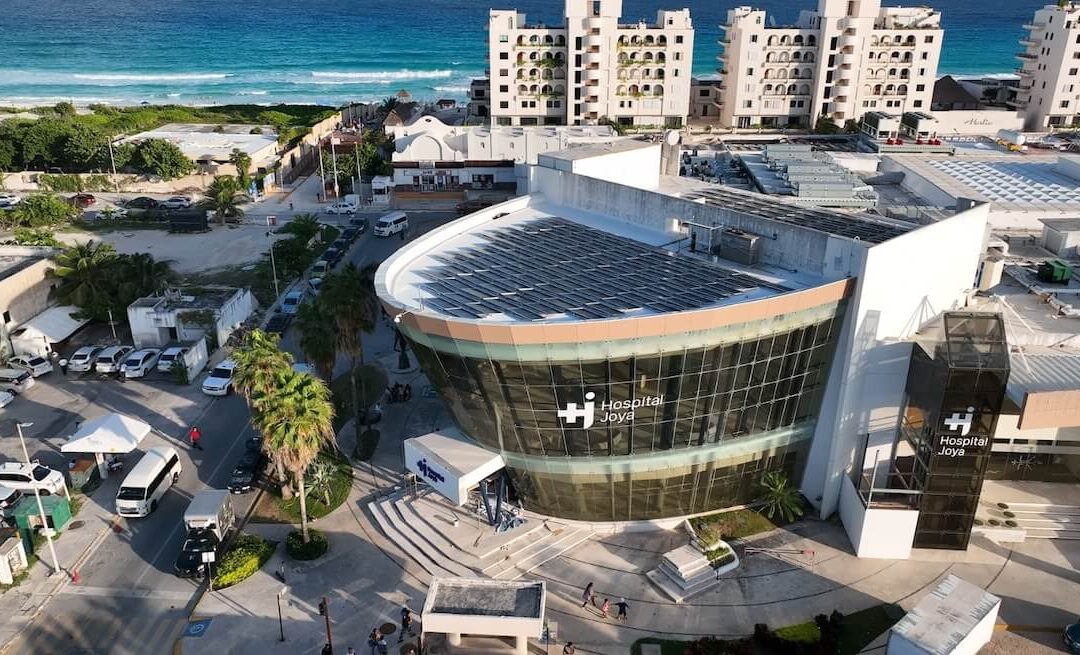
0 Comments